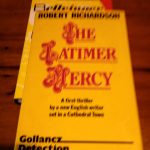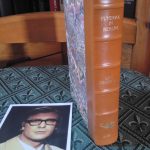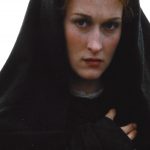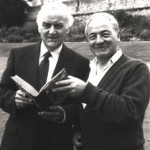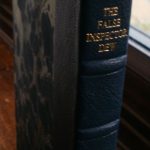The long and ubiquitous career of Christopher Lee (1922 – 2015) as film actor can tell thriller fans that the novels of action in which he appeared on screen still give us much to celebrate for entertainment that captivates and intrigues.
The early tradition of thrillers – before international and political fears became the dominant form – back in the 19th century, was drawn to the unknown, ghosts and the macabre; in short questions of the self, probing psychology and what is normality.
The second later thriller tradition, particularly in its British version, has its roots in some external foreign Nemesis threatening either the British Empire or to bring down civilisation; the danger may change over time on the international stage from one nation or another, to mega criminal outfits, to other threats such as terrorism. To make the threat real a villain is employed to effective “embody” the evil threat.
What Christopher Lee did was to understand and develop through various roles both thriller traditions on the screen. He was a man of intellect as well as action; this combination allowed him to straddle and to bring depth and subtly to his many roles. His roles were in fact, legendary: Frankenstein, Count Dracula, the Man with the Golden Gun (Bond villain), a Star Wars Sith lord, Saruman (a role played with the richness of a Tolkien devotee), pagan aristocrats and of course, in my opinion the seminal role in five Fu Manchu films avoiding the clutches of Scotland Yard’s Sir Nayland Smith and Dr Petrie. The Sax Rohmer adventures of Fu Manchu were enormously popular from 1912 onwards and were adapted to the silent movie screen presumably because action and disposition was key to conveying the story. It is a tribute to Christopher Lee that he followed and developed the form, as well as demonstrating his expertise of conveying dialogue and implying action that is still admired and remembered.


